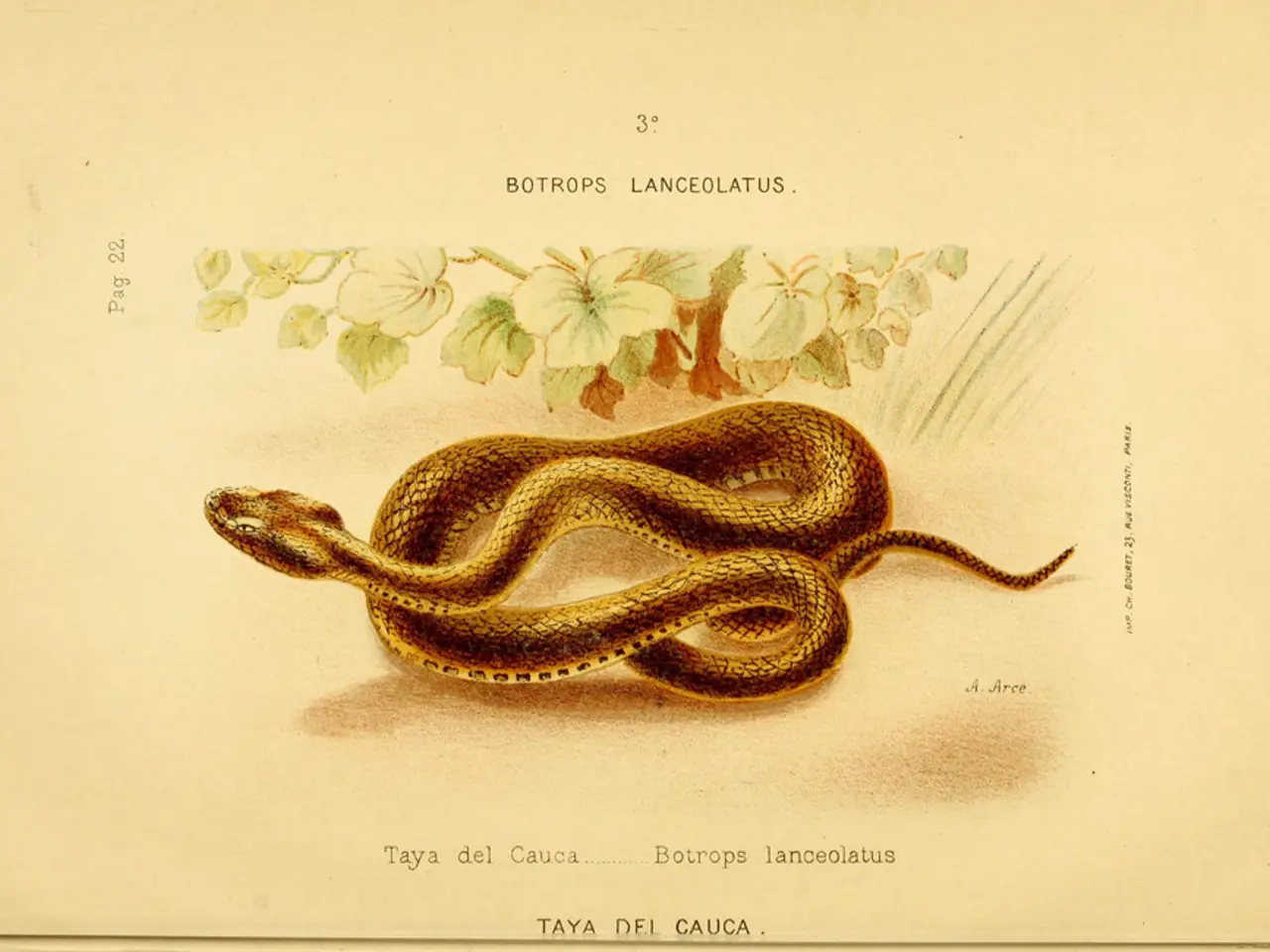Guide for Eliminating Snake Plants
The snake plant, a popular indoor choice known as the mother-in-law's tongue (Sansevieria trifasciata), makes a hardy and attractive addition to many homes. However, a different variety of the same plant, Sansevieria hyacinthoides, has earned a reputation as one of the worst invaders of natural ecosystems.
Originally introduced to the United States as an ornamental, Sansevieria hyacinthoides has been a problem since the early 1950s. It has a proclivity to choke out native species, particularly in coastal areas in USDA zone 10 and above. The plant is reported as an invasive species primarily in Florida and Hawaii.
The University of Florida IFAS Extension reports that Sansevieria hyacinthoides has become a nuisance in south Florida, where it has been known to form thickets that are home to snakes and spiders. It's crucial to dress appropriately and exercise caution when dealing with these infestations.
The invasiveness of the mother-in-law's tongue plant depends on the variety. While Sansevieria trifasciata is well-behaved and not known to be invasive, Sansevieria hyacinthoides is considered among the worst invaders.
Control of Sansevieria hyacinthoides is extremely difficult. Experiments with toxic chemical products have proven to be largely ineffective against the plant. The most effective methods for removal are by hand pulling or digging, ensuring that entire plants and rhizomes are removed, as even small plant pieces left in the ground can take root and grow new plants.
Weeding is easier if the ground is slightly moist. If large stands of the plant are present, mechanical removal may be necessary. Persistence pays off when it comes to controlling the mother-in-law's tongue plant.
It's important to keep a careful watch on the area and pull plants as soon as they emerge. Early detection and prompt action can help prevent the spread of Sansevieria hyacinthoides and protect native ecosystems.
While the mother-in-law's tongue plant may be a beautiful addition to indoor spaces, it's crucial to be aware of the potential dangers and responsibilities that come with owning such a plant, especially if it's the invasive variety. By taking the necessary precautions, we can help preserve our natural ecosystems for future generations.
Read also:
- Dinesh Master's Expedition: Acquiring Mango Orchard through Our Online Platform
- Solar panels decreasing expenses and aiding ecological preservation
- Expanded Plant-Based Protein Industry Forecasted to Reach a Value of $30.8 Billion by 2034, Growing at a Compound Annual Growth Rate (CAGR) of 7.1%
- Key Stats Presented in 29 Infographics






